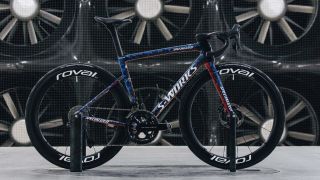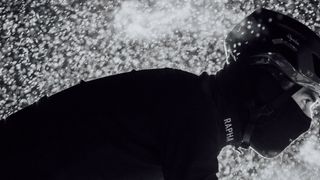Tech
Latest about Tech

'The following Clubhouses will be closing before April 2026' – Rapha to shut a number of RCC venues as early as January 18
By Will Jones published
News This news comes as the brand reported an eighth loss-making year in a row in 2025

Women's WorldTour bikes and tech 2026: What are teams using this year?
By Tom Wieckowski published
Feature Cannondale joins the women's WorldTour, whilst Pinarello and Orbea leave it. UAE Team ADQ lose their parmesan sponsor.

Women's WorldTour bikes and tech 2025: What are teams using this year?
By Tom Wieckowski last updated
Feature Cannondale joins the women's WorldTour, whilst Pinarello and Orbea leave it. UAE Team ADQ lose their parmesan sponsor.

The Rapha Winter Sale has up to 50% off – Beat the winter cycling chills with huge discounts on some of Rapha's best winter clothing
By Paul Brett published
Deal Get geared up for winter riding with some of the best cycling clothing from the Rapha range. These Rapha deals will keep your winter rides cosy and comfortable at a fraction of the cost

Best road bike wheels 2026: Aero options tested for a faster ride
By Josh Croxton last updated
Buyer's Guide The best road bike wheels can transform your ride, so take advantage of our testing to choose the right wheelset for your riding

If you've never tried our choice as the best rear light, now's the time – The Magicshine SEEMEE 300 is now at its lowest ever price in this limited-time cycling deal
By Paul Brett published
Deal Amazon has discounted the SEEMEE 300 by an incredible 41%, and its all-new SEEMEE 400 sibling by 24%. Grab one while you can, as these offers end very soon

Best gravel wheelsets 2026: The best wheels for off-road adventures and racing
By Josh Croxton last updated
Buyer's Guide The best gravel wheelsets bring a lot to the table when you head off-road, improving ride feel, traction and speed

Best gravel bikes 2026: Our pick of the best bikes for drop-bar off-road action
By Paul Norman last updated
Buyer's Guide We've tested and reviewed over 25 of the best gravel bikes, covering all options from gravel racing to bikepacking adventures
The latest race content, interviews, features, reviews and expert buying guides, direct to your inbox!


